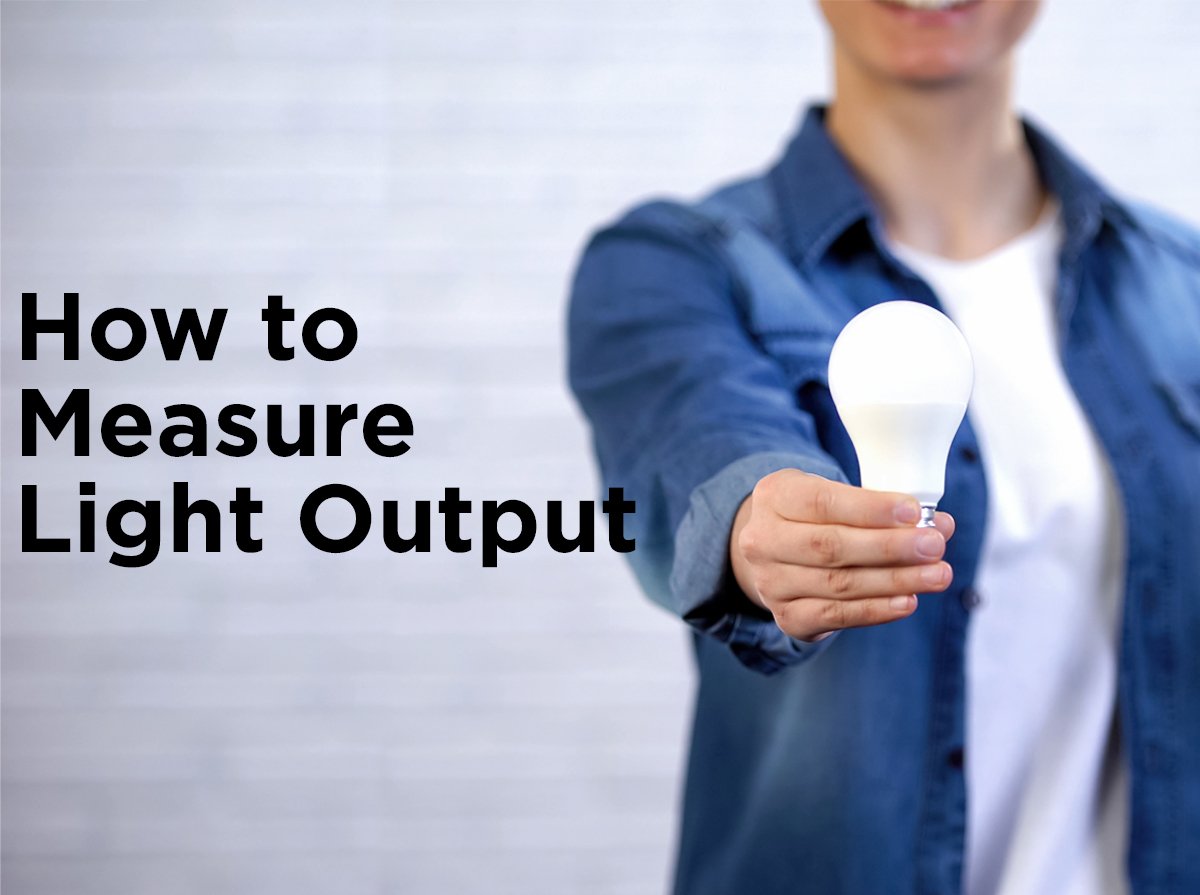Exploring the Light Distribution Types of Area Light Fixtures
Not all area light fixtures are created equal. Even if you’ve done all the research for choosing the perfect color temperature, Lumen output, and HID wattage, choosing the wrong light distribution type could have a major negative impact on your lighting design. The light distribution type of a fixture represents the pattern of light emitted by the fixture. Some distribution types are better suited for certain areas than others. Whether in an indoor warehouse or an outdoor parking lot, there’s a preferred light distribution for you.
Type I
Type I light distribution has a long, narrow light pattern that is best suited for sidewalks, walkways, and aisle ways. Fixtures with this type of light distribution are typically installed near the center of the pathway. The two-way lateral pattern emits light on two sides of the fixture opposite each other with little to no light spilling out the other two sides. The type I light distribution is often used to light the aisles of retail spaces or warehouses with tall shelving. Placing these fixtures parallel to aisles is about 50 percent more efficient than a perpendicular alignment, meaning more of the light shines where you need it and doesn’t get lost above the shelves.
Type II
Type II light distribution is the narrowest distribution you can find that still emits some light forward. Fixtures with this light pattern are most often installed on the edges of smaller side streets, jogging paths, and wide walkways. This light distribution type illuminates pathways about 1.5 times wider than the mounting height of the fixture. Meaning if the fixture is mounted 10 feet high, the light will be cast about 15 feet wide.
Type III
Very similar to but wider than a type II light distribution, type III distributions cast a light pattern that is 2.75 times wider than the fixture’s mounting height. Therefore, our 10 foot tall example fixture will cast a light about 27.5 feet in width. This light pattern is intended for perimeter lighting of parking lots and along the edges of an open area as well as large roadways and parking lot aisles. It casts more light forward so that it can be used to light roads and pathways from the side of the road rather than being installed in the median. Fixtures with a type III light distributions are a popular choice for larger roadways and parking lot aisles.
Type IV
Type IV light distribution has the widest forward throw light pattern, meaning much of the light is pushed outward with very little light spilling behind the fixture. This light distribution type is a lot more rounded than the first three types discussed here. Fixtures with this distribution type are usually installed along perimeters and the sides of building for security lighting. They are also a good choice for recreational outdoor sports lighting.
Type V
Designed for large open spaces like intersections, large parking lots, and roadway medians, type V light distributions direct light in a circular or square pattern in all directions around the fixture. This light distribution type is best suited for large open spaces like roadway medians and intersections, large parking lots, and anywhere an evenly spread pattern of light is required. The main difference between a regular type V distribution and a type V square distribution (sometimes denoted as “type VS”) is that the square light patterns are better in areas that need a more defined edge for the intended illuminated area.
Still not sure which light distribution type is the best choice for the area lighting in your application? Give us a call at 1-800-624-4488 during normal business hours to speak to one of our lighting experts.








